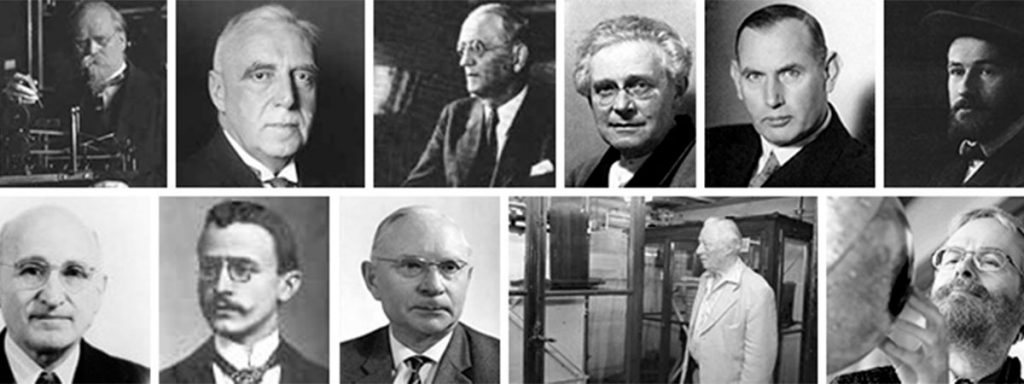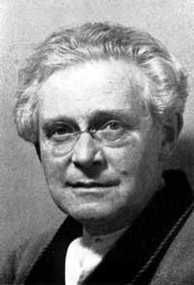
Gustav Herglotz
developed in cooperation with Emil Wiechert the Wiechert-Herglotz method for the determination of the velocity distribution in the Earth’s interior
Gustav Herglotz studied mathematics and astronomy at the University of Vienna from 1899, where he also spent his youth. He attended lectures by Ludwig Boltzmann, amongst others. During his studies, he became close friends with his colleagues Paul Ehrenfest, Hans Hahn and Heinrich Tietze. In 1900, he went to Munich, where he obtained his doctorate in astronomy in 1902 under Hugo von Seeliger (with a dissertation that was aimed at theoretically explaining the strong variations in brightness of the newly discovered planetoid Eros, which, according to Herglotz, resulted from its oblong shape).
Time in Göttingen
Afterwards, he went to Göttingen in 1902, where he habilitated under Felix Klein in 1904. In 1904, he became a private lecturer for astronomy and mathematics there, and in 1907 associate professor. It was also during his time in Göttingen when he became interested in the theory of earthquakes and, together with Emil Wiechert, who was at that time about to make Göttingen a centre of seismological research, developed the Wiechert-Herglotz method to determine the velocity distribution in the Earth’s interior based on the known travel times of seismic waves (i.e. an inverse problem). In the course of this work, Herglotz solved a special integral equation (of Abelian type). In 1908, he became associate professor in Vienna, but accepted a position as a full professor in Leipzig as early as 1909. From 1925 until becoming an emeritus professor in 1947, he again worked in Göttingen as the successor of Carl Runge on the Chair of Applied Mathematics.
Source: Wikipedia



